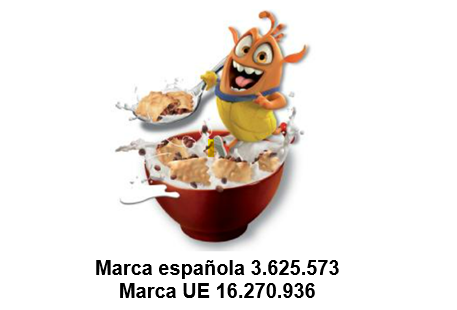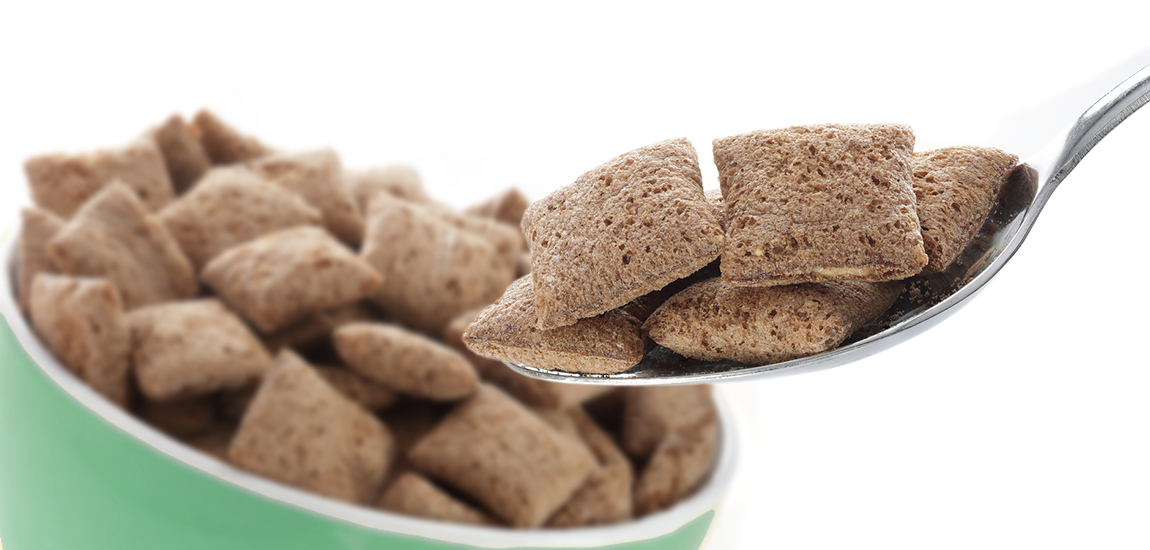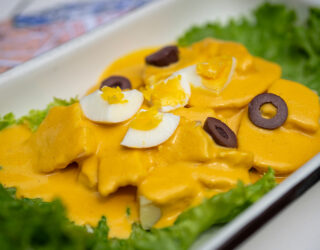The Provincial Court of Alicante has ruled in favor of a Spanish company in a trademark infringement and unfair competition case brought against another Spanish one, in connection with the marketing of some biscuits. The court concluded that the appearance and presentation of this product infringed a well-known trademark.
This case underscores once again how thin – and often controversial – the line can be between trademark claims and unfair competition actions. The dispute has stirred considerable debate, particularly in light of the complexity of this kind of legal issues: allegations of infringement of an unregistered reputed trademark (consisting solely of a biscuit shape), claims based on well-known registered marks, alleged unfair practices, and even discussions around the classification of the product on supermarket shelves—whether it should be placed with biscuits or cereals. All in all, a perfect recipe for a contentious “breakfast” or “afternoon snack.”
In this concrete proceedings, a biscuit company had filed a claim alleging infringement of its unregistered but reputed trademark (the image of its filled cereal biscuit “Choco Flakes”), as well as two identical registered trademarks: Spanish Trademark No. 3,624,573 and EU Trademark No. 16,270,936. In addition, the plaintiff brought claims under the Unfair Competition Act, specifically on the grounds of acts of confusion (Article 6) and unfair exploitation of another’s reputation (Article 12).
The judgment of the Provincial Court of Alicante, dated 20 January 2025, overturned the earlier decision of the EU Trademark Court of First Instance of 25 October 2023. The lower court had dismissed the trademark infringement claims but upheld the unfair competition claim based on acts of confusion.
In its defense, the defendant denied both the distinctiveness and the reputed character of the biscuit shape as an unregistered trademark. It also argued that there was no likelihood of confusion with claimant’s trademarks due to the differences between the signs, especially in their verbal elements and imagery. As for the unfair competition claims, the defendant contended that the elements used on claimant’s packaging (milk bowl, cartoon character, and product depiction) lacked sufficient competitive singularity and were not subject to appropriation.

A. First Instance Judgment
At first instance, the Commercial Court of Alicante dismissed the trademark infringement claims for the following reasons:
- It rejected the argument that the shape of the biscuit constituted a well-known unregistered trademark, holding that the plaintiff had artificially attempted to dissect its registered trademarks by isolating a partial element (the biscuit) and attributing individual notoriety to it. This, the court noted, was contrary to established case law, which requires that a sign be assessed in its entirety. Furthermore, it considered that the claimant had failed to demonstrate use of the biscuit shape as a distinctive sign, separate from common sector usage. As such, the court found that the sign lacked both distinctiveness and notoriety.
- It also found no likelihood of confusion when considering the signs as a whole, without explicitly addressing the alleged reputation of the registered trademarks.
However, the court partially upheld the claim on the grounds of unfair competition under Article 6 of the Unfair Competition Act, finding that the packaging in question was likely to generate confusion or association for the average consumer. This was particularly due to the lack of strong distinctive elements on either party’s packaging and the potential perception that the products belonged to different lines of the same manufacturer, despite the differences in their verbal elements.
As anticipated, both parties appealed the decision, leading to a new ruling from Section 8 of the Provincial Court of Alicante, which we now examine.
B. Judgment on Appeal
The most striking aspect of the appellate decision is that the Provincial Court partially upheld claimant’s appeal and fully upheld the defendant’s. Nevertheless, the result clearly favors the plaintiff, as the court ordered the cessation of the marketing of the “Galletas Choco Cereales” packaging. The defendant is therefore required to modify the images on its packaging, replacing the contested boxes with alternative versions. While the defendant remains free to sell its biscuits, it may no longer do so using the prior packaging.
The key points of the ruling are as follows:
- No infringement of the reputed unregistered trademark (the biscuit), based on Article 34.7 of the Spanish Trademark Act and Article 6 bis of the Paris Convention
The court examined whether the biscuit design could be considered a distinctive and autonomous element within claimant’s registered trademarks. While acknowledging that case law on this matter is inconsistent, it held that in this case, the biscuit image did not have a preeminent or autonomous role, forming instead part of a logical whole with the other elements of the registered marks.
As a result, it dismissed the actions brought on the basis of the aforementioned articles, concluding that the biscuit image was not a reputed unregistered trademark capable, on its own, of identifying the commercial origin of the product.
- Infringement of plaintiff’s well-known registered trademarks (under Article 9(2)(c) of the EU Trademark Regulation and Article 34(2)(c) of the Spanish Trademark Act
The appellate court found a failure to address a relevant issue in the first-instance judgment, which had not ruled on the alleged infringement of the well-known registered trademarks.
Firstly, the Court analysed whether the product in question should be classified as a biscuit or a cereal, ultimately concluding that it was a type of biscuit —a classification that informed its analysis of the market surveys and the relevant consumer public-.
Upon reviewing the evidence provided by claimant, the court found that the Spanish Trademark No. 3,624,573 and EU Trademark No. 16,270,936 enjoyed reputation among consumers in the Spanish territory. It also determined that a sufficient link existed between plaintiff’s reputed marks and the signs used by the defendant, owing to visual and conceptual similarities stemming from the depiction of a similarly filled biscuit on both products.
While the court did not recognize the biscuit shape as a standalone distinctive sign, it did find a notable similarity between the signs as a whole, particularly in the graphic presentation (cartoon figure, biscuits flying over milk). This similarity created an associative link in the consumer’s mind.
Accordingly, the court concluded that the defendant, by using similar signs, unduly (and without just cause) benefited from the distinctiveness or reputation of claimant’s trademarks, thereby infringing its trademark rights.
- Dismissal of unfair competition actions
Having found trademark infringement, the court reversed the unfair competition ruling, holding that the protection sought under Articles 6 and 12 of the Unfair Competition Act (risk of confusion and undue advantage of third party’s reputation) was already afforded under trademark law. Applying the doctrine of relative complementarity (teoría de la complementariedad relativa), the court declined to uphold an additional unfair competition finding based on the same facts—especially since it had not recognized the autonomous and distinctive use of the biscuit sign by plaintiff in the market.
- Damages award
The appellate court corrected the lower court’s formal approach, ruling that claimant’s damages claim in the pleadings was sufficiently linked to the legal grounds set out in the complaint.
However, it upheld the rejection of market research and reputation certification costs as compensable damages, considering them to be evidentiary tools rather than investigatory expenses.
The damages award includes €2,534.62 for the pre-litigation cease-and-desist letter and loss of profit, the latter to be quantified during the enforcement phase of the judgment.
C. Conclusions
In sum, the Provincial Court has partially overturned the first-instance judgment, ruling in plaintiff’s favor on the grounds of infringement of its well-known registered trademarks, due to the undue advantage taken by the marketing of some biscuits of the defendant using the contested packaging.
While it did not recognize the autonomous notoriety of the biscuit shape as an unregistered mark, the court found that the overall similarity between the competing signs gave rise to a sufficient associative link to support a finding of trademark infringement.
As a result, the defendant must cease marketing the product in its current packaging and may choose to appeal the ruling to the Supreme Court—a move that, if pursued, is sure to provoke yet another “bite” from the Stuffed Cookie Monster. It is possible that the Supreme Court could consider that the elements of trademark infringement do not exist, nor do the unfair ones because, as we said, the line that tips the balance to one side or the other is very thin.
Isabel Pascual de Quinto Santos-Suárez
Counsel at Garrigues Intellectual Property Department






